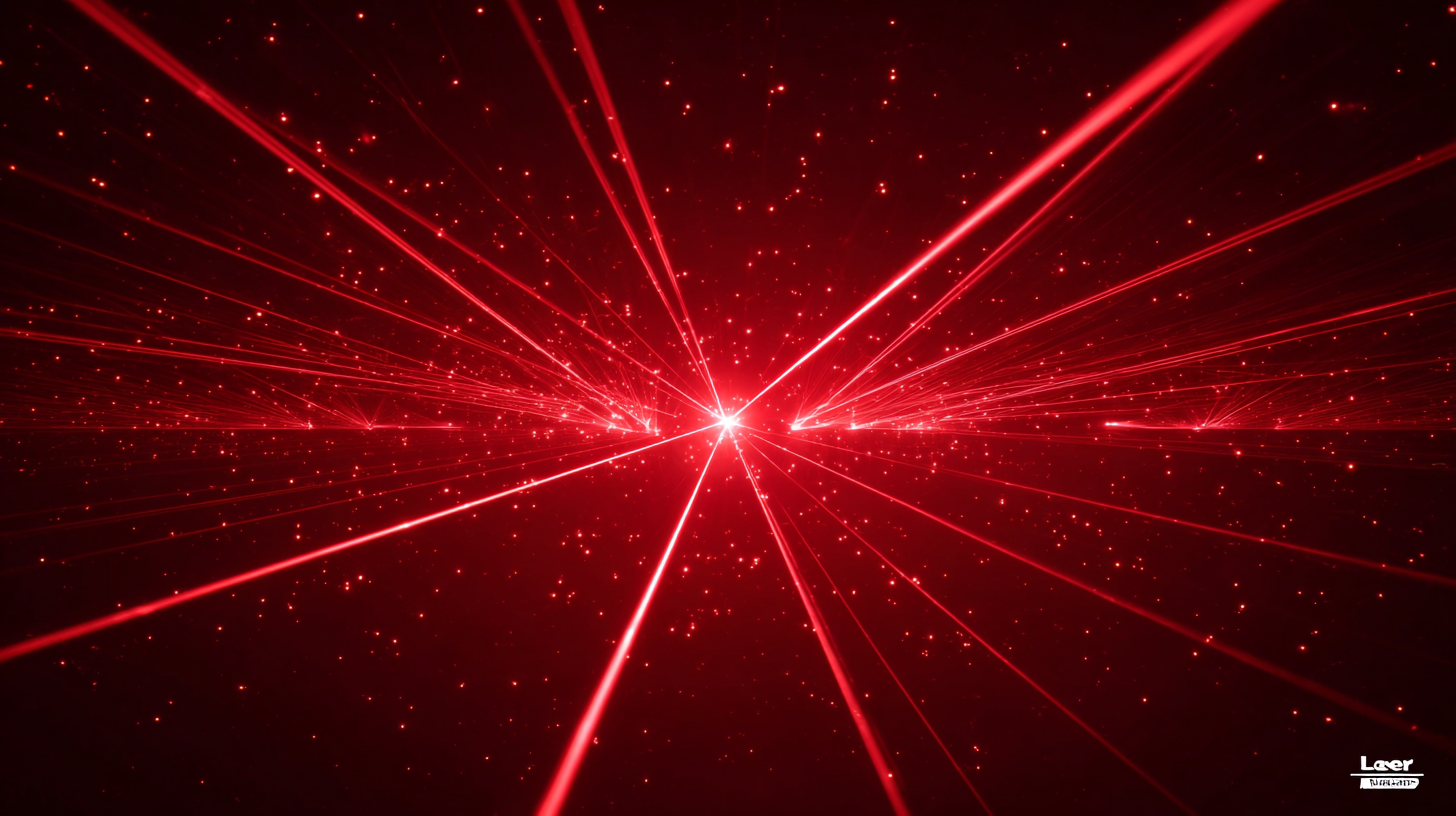
As the manufacturing landscape rapidly evolves, laser cutting technology stands at the forefront of innovation, driving efficiency and precision across various industries. According to a report by MarketsandMarkets, the global laser cutting market is projected to reach USD 6.7 billion by 2025, expanding at a CAGR of 6.6% from 2020. This growth is propelled by advancements in laser capabilities, including fiber and CO2 lasers, which offer unparalleled accuracy and speed in material processing. As organizations strive to stay competitive, understanding emerging trends in laser cutting becomes essential. This guide will explore the latest developments shaping the industry, providing a comprehensive checklist for success in leveraging these cutting-edge technologies to enhance operational effectiveness and reduce costs in 2025 and beyond.

In 2025, the landscape of laser cutting is set to be dramatically reshaped by emerging technologies that enhance efficiency and customization. One of the forefront innovations is the new automated marking system, which significantly speeds up the processing of large custom orders. This breakthrough in laser technology allows businesses to transform what were once ordinary products into unique brand statements, demonstrating how precision laser cutting is becoming a cornerstone in bespoke manufacturing.
Moreover, advancements in laser capabilities are not limited to consumer goods. Industries are leveraging cutting-edge laser technology to refine their processes and improve overall production quality. As the demand for high-precision applications increases, the integration of automated and intelligent systems will enable manufacturers to respond swiftly to market changes. The convergence of laser cutting with trends such as smart textiles and AI-driven automation signals a pivotal shift, ensuring that businesses remain competitive in a rapidly evolving market. The emphasis on innovation in laser cutting technology not only supports enhanced operational efficiencies but also opens doors to creative possibilities across various sectors.
The laser cutting industry is experiencing a transformative phase driven by several key market trends that are expected to shape its future in 2025. One significant trend is the rising demand for precision cutting across various sectors, including automotive and aerospace, where high-quality and intricate designs are crucial. This trend is further fueled by technological advancements that enhance the speed and efficiency of laser cutting processes, leading to better cost-effectiveness for manufacturers and end-users alike.
Another noteworthy trend is the increasing incorporation of automation and smart technologies in laser cutting systems. As industries strive for greater operational efficiency, the integration of IoT and AI into laser cutting machines can optimize production processes and ensure consistent quality. Additionally, the growing emphasis on sustainability is prompting companies to adopt laser cutting technologies that minimize waste and energy consumption. These trends signify a robust shift towards smarter, more efficient laser cutting solutions that are poised to dominate the market landscape in the coming years.
As we approach 2025, the laser cutting industry is witnessing significant transformations driven by technological advancements and evolving market demands. When selecting the right laser cutting equipment, several essential factors should be considered. Firstly, understanding the market scale and share of laser processing equipment is crucial, particularly how it has been impacted by the COVID-19 pandemic. This disruption highlighted the resilience of the industry and opened avenues for innovation, particularly in areas like fiber lasers, CO2, and solid-state technologies.
Choosing the appropriate technology type involves considering the specific applications and processes, such as cutting, welding, marking, and engraving. Each process has distinct requirements and benefits; for instance, fiber lasers are renowned for their efficiency in cutting, while CO2 lasers offer versatility across various materials. Additionally, understanding the market dynamics of different materials, including steel and aluminum, is vital for tailoring solutions to specific industrial sectors like aerospace, automotive, and telecommunications. By maintaining awareness of these emerging trends and critical considerations, businesses can position themselves for success in an increasingly competitive landscape.

In the rapidly evolving landscape of laser cutting, maximizing efficiency is paramount for companies striving to maintain a competitive edge. To achieve this, organizations should first invest in the latest laser cutting technology. The introduction of advanced systems equipped with AI and automation can drastically reduce operational time and enhance precision. Regular maintenance of machinery is also crucial; a well-maintained cutting system operates at peak efficiency, minimizing downtime and production delays.
Moreover, optimizing material usage plays a significant role in efficiency. By analyzing nesting strategies and employing advanced software, businesses can ensure minimal waste of materials during the cutting process. Training staff to understand the nuances of laser operation and safety protocols is another best practice; an informed workforce can prevent costly mistakes and streamline operations.
Lastly, embracing data analytics to track and refine performance is essential. By routinely assessing operational metrics, companies can make informed adjustments that lead to continuous improvement in their laser cutting operations.
As the laser cutting industry continues to evolve, it faces a dynamic landscape characterized by both challenges and opportunities. According to a report by Market Research Future, the global laser cutting market is expected to grow at a CAGR of 7.5%, reaching approximately $5 billion by 2025. This growth is driven by advancements in laser technology and increasing demand across various sectors, including automotive and aerospace. However, stakeholders must navigate potential hurdles such as the rising cost of high-quality lasers and the need for skilled operatives, which can impede operational efficiency.
Moreover, the push towards automation in manufacturing processes introduces both a challenge and an opportunity for laser cutting. The International Federation of Robotics (IFR) predicts that by 2025, the installation of industrial robots will increase significantly, facilitating more sophisticated laser cutting techniques. Embracing Industry 4.0 principles, such as interconnected machinery and data analytics, will enable companies to streamline operations and enhance precision in cutting tasks. To harness these trends effectively, businesses must invest in training and technology integration, ensuring they remain competitive in this rapidly evolving environment.


